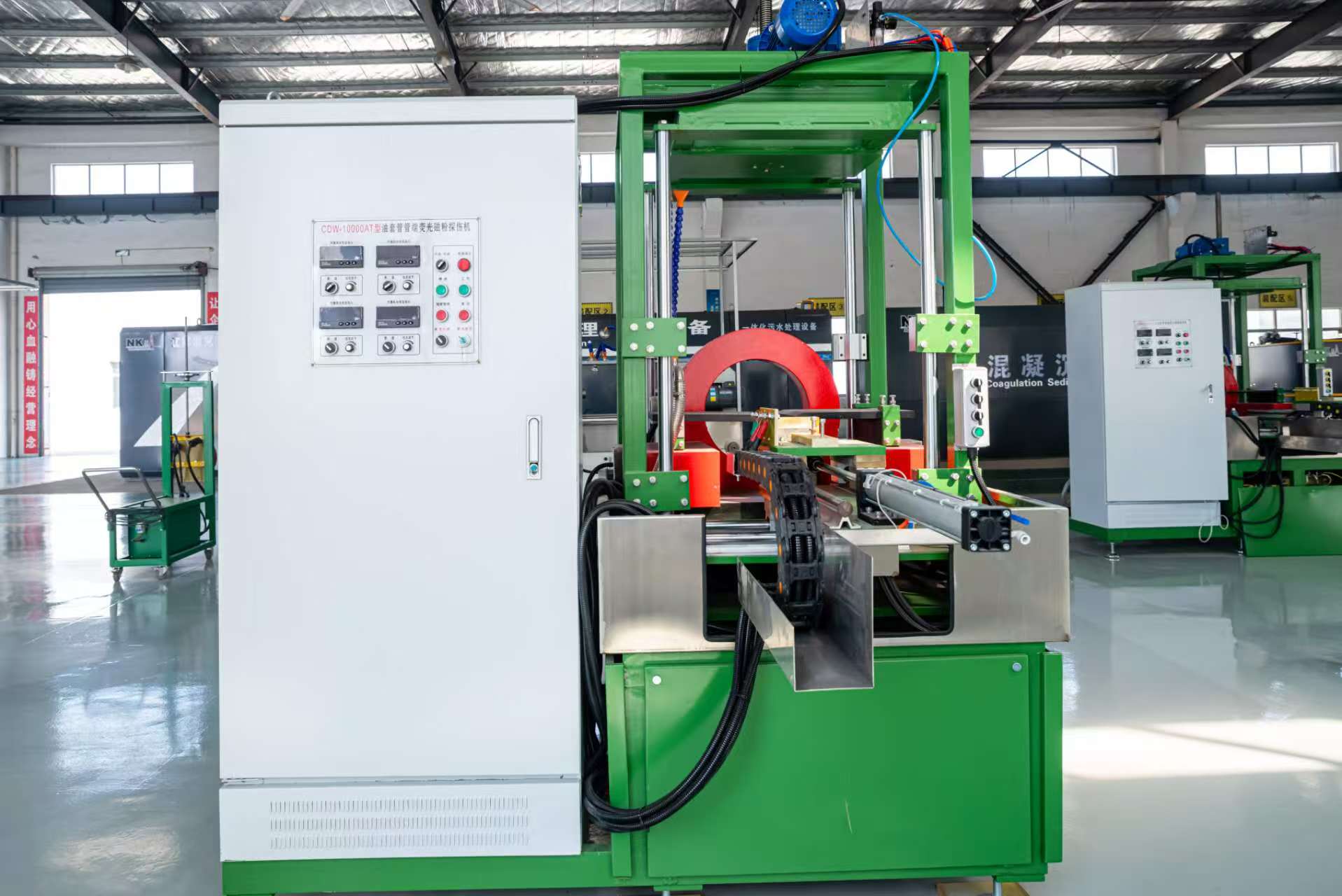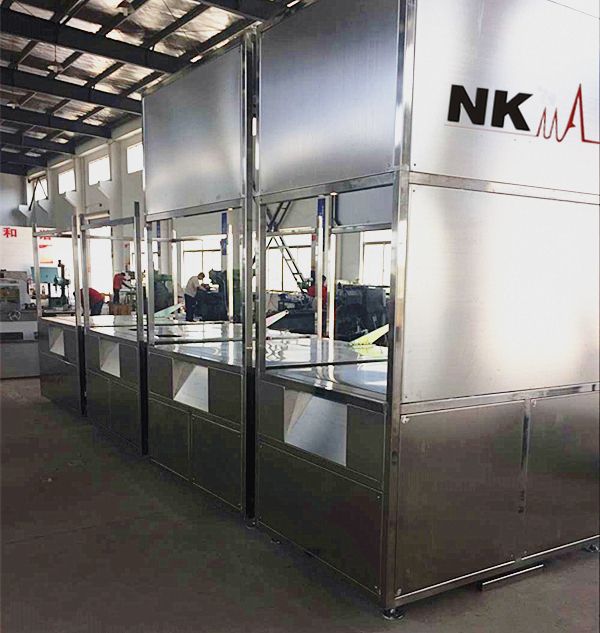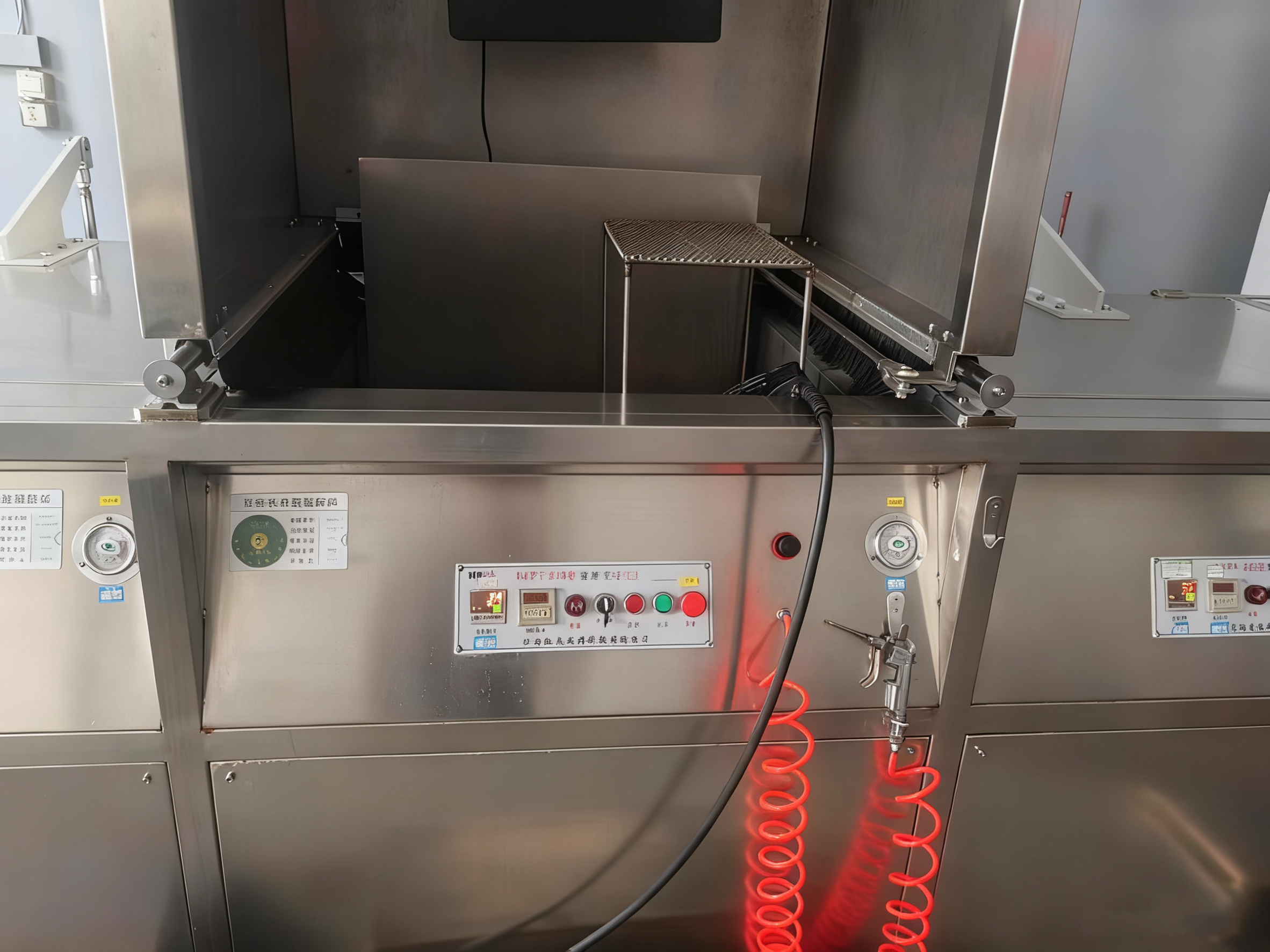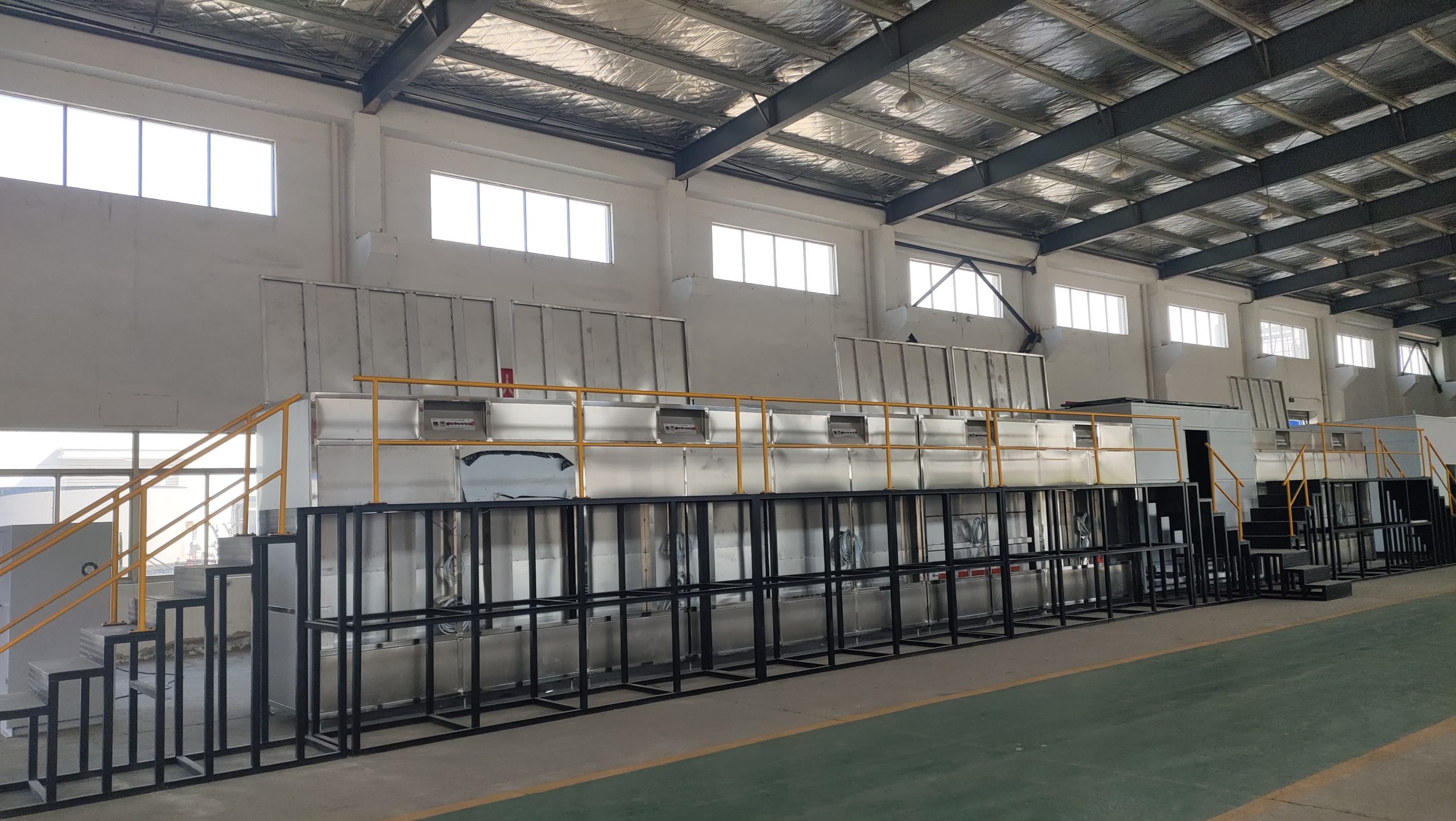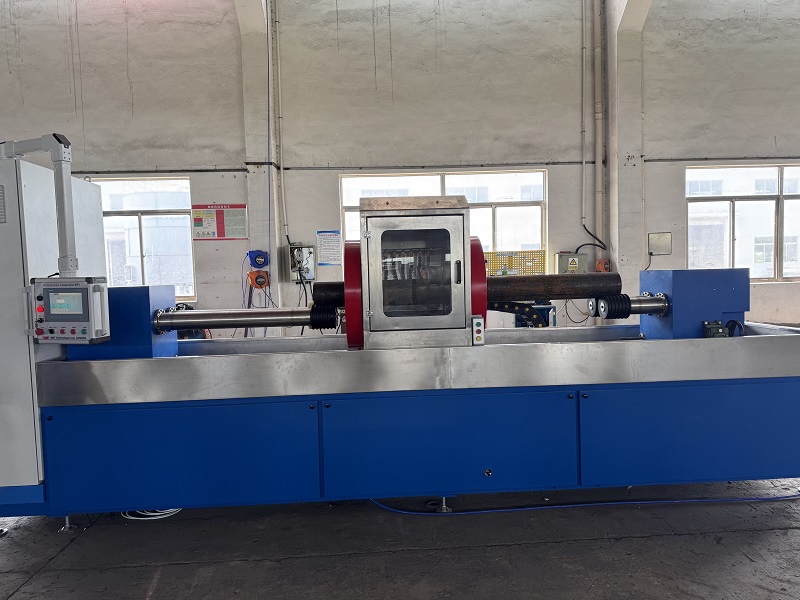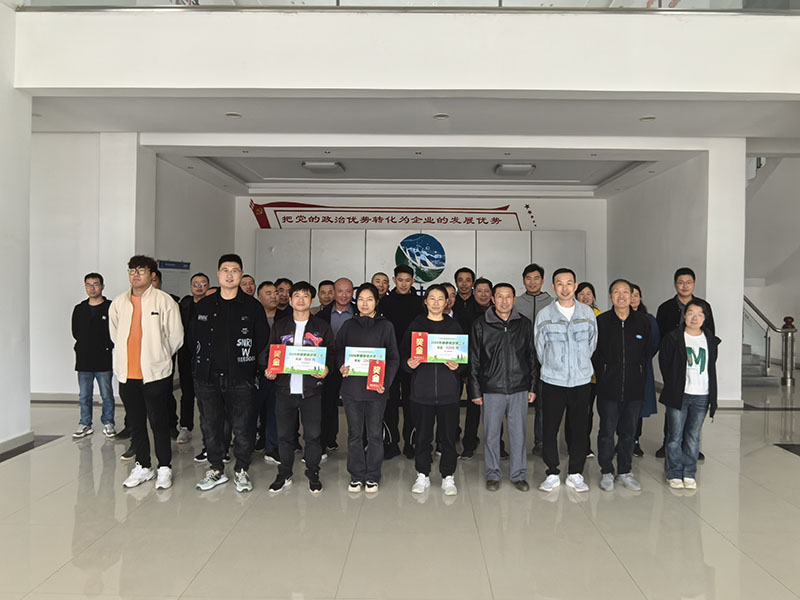Demagnetization removes or reduces this unwanted magnetic field by randomizing magnetic domains inside the material using a controlled alternating magnetic field (AC). This process:
-
✔️ Ensures clean surfaces for coating, painting, or bonding
-
✔️ Restores neutral magnetic state in precision components
-
✔️ Prevents functional failures in assemblies or instruments
-
✔️ Meets international NDT standards (e.g., ASTM E1444, ISO 9934)
🔧 How to Demagnetize After MPI
The demagnetization method depends on part size, shape, and field strength:
| Method | Suitable for | Equipment |
|---|---|---|
| AC Tabletop Demagnetizer | Small tools, fasteners | Bench-type demag unit |
| Tunnel Demagnetizer | Shafts, rings, mass production | Conveyor-type demag system |
| Pulse Demagnetizer | Deep or heavy magnetization | High-energy pulse demag |
| Handheld Demagnetizer | Spot demag or field work | Portable unit |
👉 For example, our CDW-12000AT automatic tunnel demagnetizer is widely used after MPI to process up to 50kg components with consistent performance.
📌 Best Practices for Post-MPI Demagnetization
-
Use residual field meters (Gauss meters) to verify demag results
-
Follow gradual field decay method (move part away from AC field)
-
Integrate demagnetizer inline with MPI machines for automation
-
Monitor and log residual magnetism levels in your QA checklist
🏭 Real-World Industries That Require Demagnetization After MPI
-
Automotive: shafts, crankshafts, bearing rings
-
Aerospace: turbine blades, landing gear
-
Heavy machinery: gears, forgings
-
Marine & rail: structural welds, axles
-
Medical devices: surgical tools, implants
🚀 Need a Reliable Demagnetization System?
We specialize in automated demagnetizers designed for integration with MPI and NDT lines. Whether you need a bench unit or a high-power tunnel demagnetizer, we can help optimize your post-inspection workflow.
👉 Explore our demagnetizer systems here:
🔗 https://yourdomain.com/products/demagnetizer
👉 Need help selecting the right model?
📩 Contact us for a free consultation


